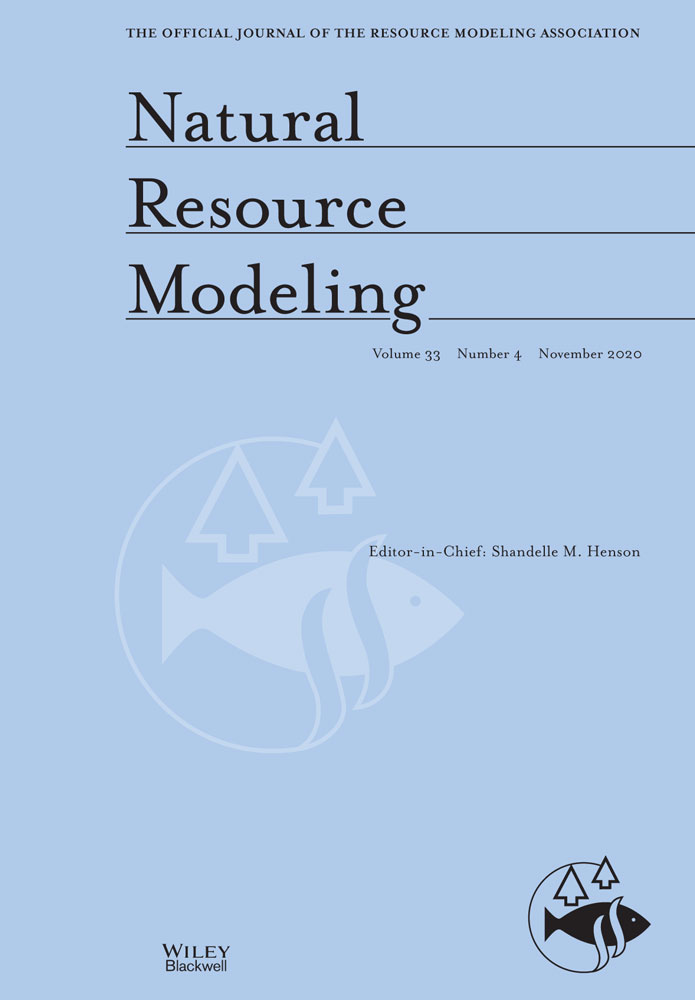Modeling the impact of social network measures on institutional adaptive capacity needed for sustainable governance of water resources
Abstract
Given the hydrological, social, and economic complexity of water resources, planning for evaluation of such resources is extremely challenging. The vulnerability and limitations of water resources in one hand, and the growing demand on the other hand necessitates integrated planning for resource protection. Accordingly, applying Smart partial least squares software for structural equation modeling using the partial least square path modeling, the impact of social network measures upon the adaptive capacity of organizational stakeholders faced with water scarcity in industries of Kerman Province was scrutinized in the present study. To investigate the structural position of actors (organizational stakeholders) within the social network, relevant data was extracted and thereafter used to estimate the dependent variables of research (dimensions of adaptation). It was found out that there is significant correlation between the measures of stakeholders' network and the adaptive capacity. Closeness centrality (access to information sources related to water) was found to have the strongest effect on fair governance and leadership, necessary for higher adaptive capacity. On the contrary, betweenness centrality (revealing intermediary actors capable of consensus building) was found to have a negative effect on the adaptive capacity. In other words, better access to the flow of information related to water resources enhances the adaptive capacity of stakeholders but the presence of actors of high betweenness centrality, who are reluctant to an adaptive governance system, decreases adaptive capacity.
Recommendations for Resource Managers:
-
Establishment of a polycentric governance system that requires power sharing, coordination, and collaboration of all involved actors and stakeholders.
-
Considering water rights in exploiting water resources.
-
Instructing and educating executive managers of water industry projects for increasing adaptive capacity against water scarcity.
-
Creating integrated watershed management.
-
Development of social network analysis knowledge for analyzing the relationships of stakeholders and the governance network of natural resources and environment.




